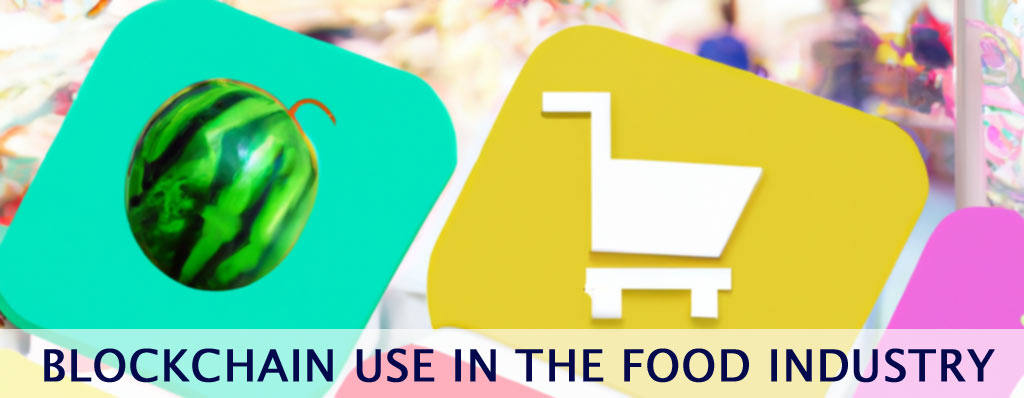Companies in the food industry are using blockchain technology to enhance transparency, traceability, and accountability. Employing a distributed ledger system, businesses can monitor food products at every stage of the supply chain. Blockchain technology provides a way to create a secure, decentralized database that is shared among participants in a network. Each participant has a copy of the database, and any changes made to it are verified by the network before they are accepted. This makes it difficult for any one participant to alter or delete data without the consent of the other participants.
Five ways in which blockchain is being used in the food industry
- Supply chain traceability: The blockchain technology can be used to track the origin and journey of food products from the farm to the table. By creating a tamper-proof record of every step in the supply chain, blockchain can help identify the source of contamination in case of foodborne illness outbreaks, and facilitate faster recalls.
- Certification and compliance: The blockchain technology can be used to store and share information about food certifications and compliance with food safety regulations. This can help reduce the time and cost of audits and inspections, and ensure that food products meet the required standards.
- Food fraud prevention: The blockchain technology can be used to authenticate the origin and quality of food products, and prevent food fraud. By creating a transparent and immutable record of every step in the supply chain, blockchain can help identify counterfeit or adulterated food products.
- Supply chain financing: The blockchain technology can be used to facilitate financing for small and medium-sized enterprises (SMEs) in the food industry. By creating a transparent and auditable record of transactions, blockchain can help SMEs access credit and reduce the risk of default.
- Smart contracts: The blockchain technology can be used to automate various processes such as payments, shipments, and quality assurance through self-executing programs known as smart contracts. Smart contracts can help reduce the risk of fraud and error, streamline processes, and improve the efficiency of the supply chain.
Use Cases
Check out how some companies are using blockchain technology to provide a secure and transparent way to track the journey of food products from farm to table.
- Walmart: In 2018, Walmart implemented a blockchain-based system to track the supply chain of leafy greens. The system enables Walmart to trace the source of a food product within seconds, rather than days, in the event of a food safety issue.
- Carrefour: Carrefour, a French retailer, uses blockchain technology to track the supply chain of its free-range chicken products. Customers can scan a QR code on the packaging of the chicken to access information about the breed of the chicken, its date of birth, what it was fed, and how it was raised.
- Nestle: Nestle has partnered with blockchain platform OpenSC to track the supply chain of its milk products in New Zealand. The platform enables consumers to scan a QR code on the packaging to access information about the journey of the milk product from farm to store.
- Bumble Bee Foods: Bumble Bee Foods, a US-based seafood company, has partnered with blockchain platform SAP to trace the supply chain of its tuna products. The system enables Bumble Bee Foods to track the journey of its tuna products from the moment they are caught to the moment they reach the store shelves.
- IBM Food Trust: IBM Food Trust is a blockchain platform that enables food companies to track the supply chain of their products. Companies such as Dole, Unilever, and Nestle have joined the platform to improve transparency and traceability in their supply chains.
Consumer Access
Blockchain technology can help consumers know where their food comes from and how it was produced by providing a transparent and immutable record of the product’s journey through the supply chain. Each step in the process, from the farm to the supermarket, can be recorded on the blockchain, including information about the origin of the ingredients, the farming practices used, the processing methods, and the transportation and storage conditions.
This information can be accessed by the end consumer via QR codes, smart tags, or mobile apps. By scanning a QR code on a food product, for example, consumers can access a wealth of information about the product, including the farm where it was grown, the certifications it has received, and any environmental or social impact data.
In addition, blockchain technology can help to verify the authenticity of claims made by food producers. For instance, if a company claims that its product is organic or fair trade, this information can be recorded on the blockchain and verified by independent auditors. This gives consumers more confidence in the claims made by food producers and helps to build trust between consumers and producers.

